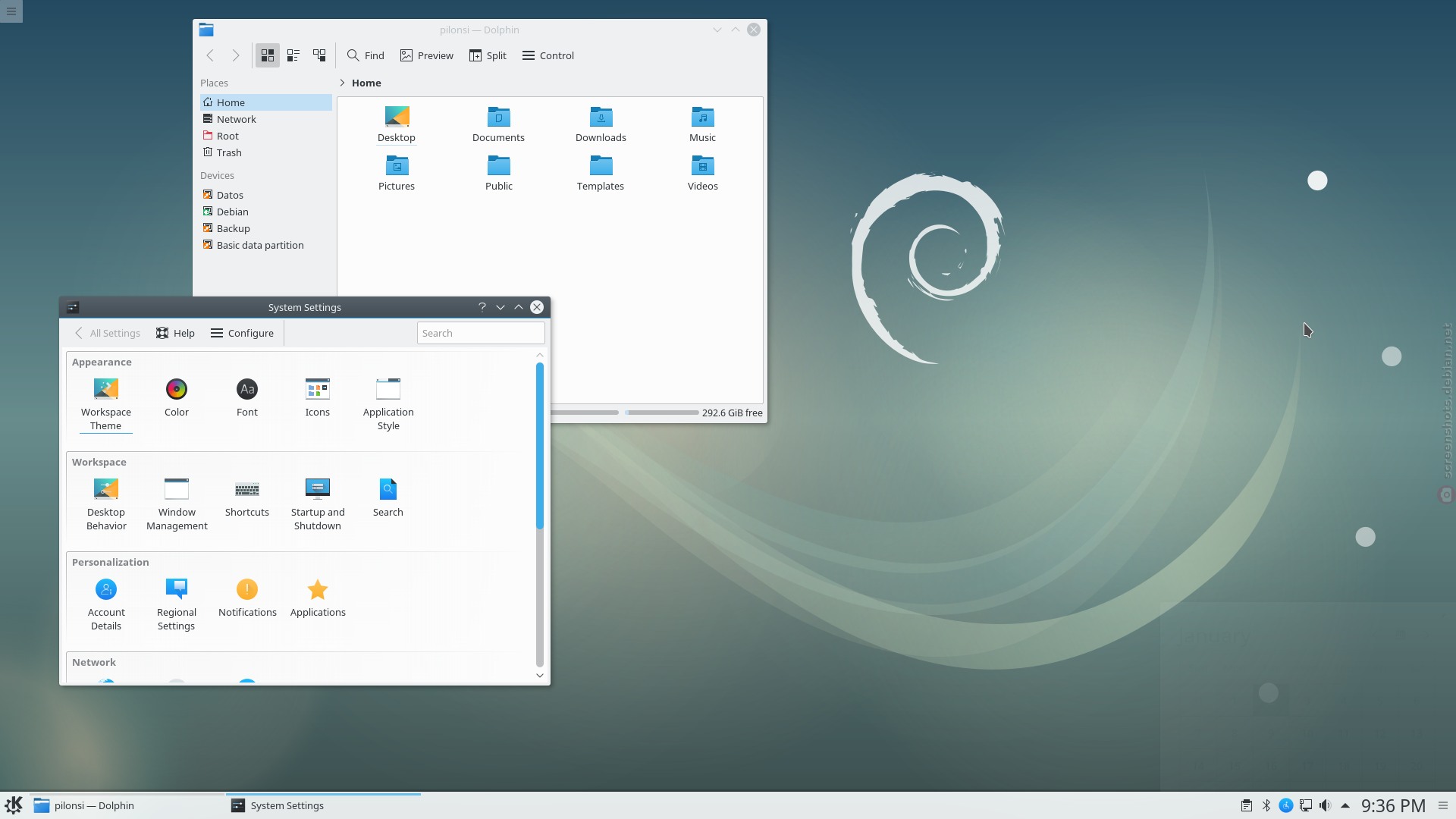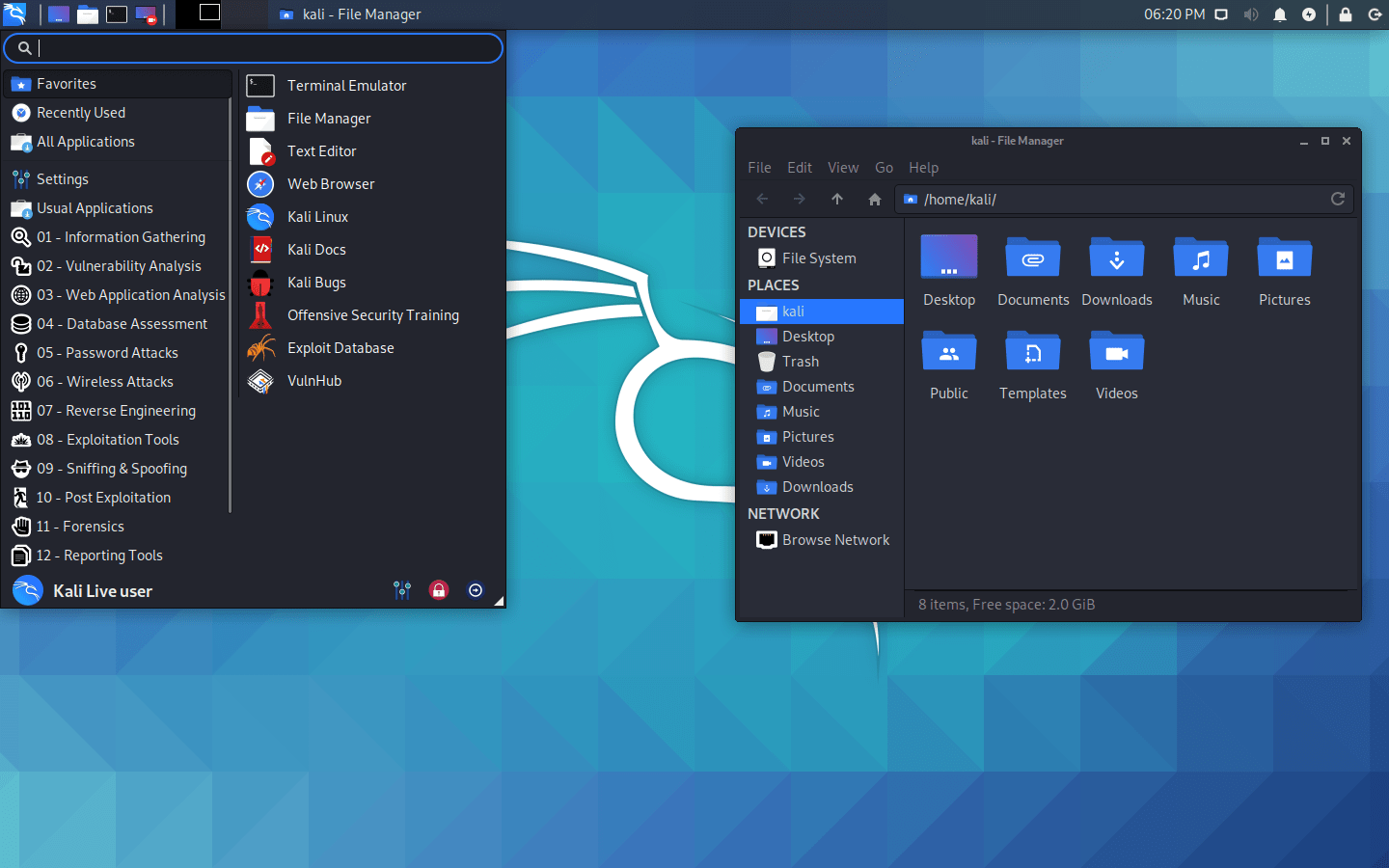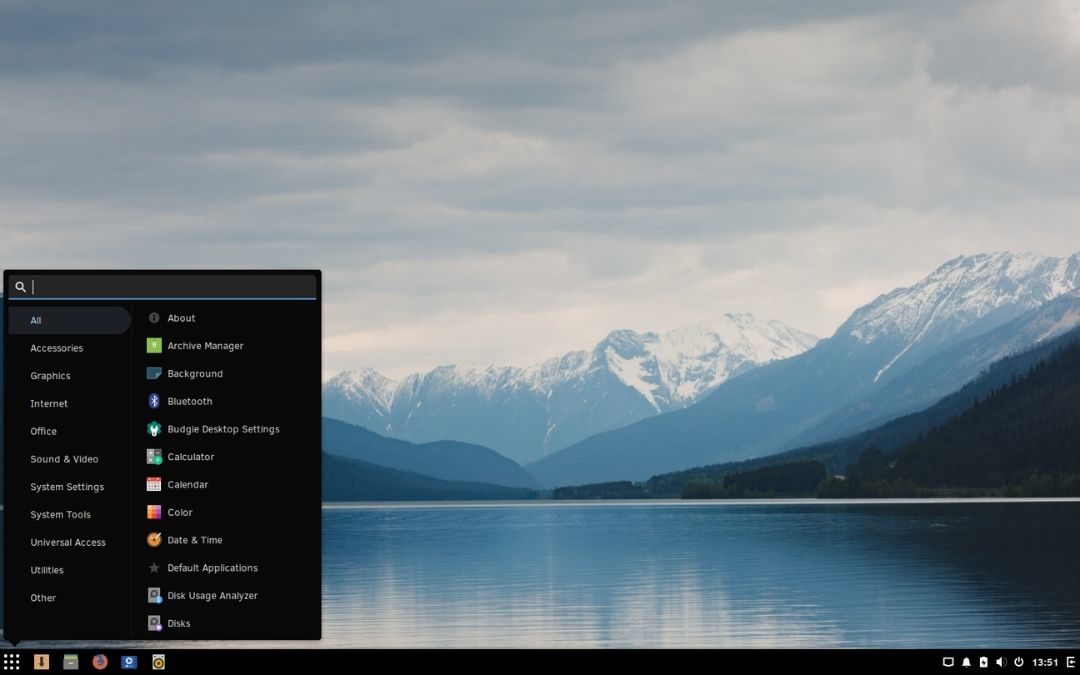
- Astroguider software linux mac osx#
- Astroguider software linux drivers#
- Astroguider software linux driver#
- Astroguider software linux software#
Astroguider software linux driver#
NexStar mount driver (supports Celestron and Skywatcher dialects),ĮxploreScientific PCM8 mount controller driver,īut it can be used as a client to any remote or local INDIGO server with any supported cameras and mounts as well. LX200 mount driver (supports Meade, AvalonGo, Losmandy Gemini, 10micron, EQMac, Astro-Physics GTO and OnStep dialects), SBIG CCD driver (vendor SDK must be installed, Intel only), IIDC CCD driver (both USB and FireWire cameras),
Astroguider software linux drivers#
ZWO ASI CCD and guider drivers (doesn't work with non-S ASI120MM/MC, Intel only), In this version the built-in INDIGO drivers support the following hardware: It can be calibrated automatically or manually, you do not need to take care about camera orientation or pixel scale. įor repairs and consultation, you can visit here: įor customers who bought the camera from your local dealer, the dealer is responsible for the customer service.AstroGuider is a simple to use guiding application for your guider camera and telescope mount.
Astroguider software linux software#
We have very detailed instructions on our website: Mechanical drawingįor software upgrades, please refer to “Support-manual and software” on our official website.

If the above situation occurs, it is recommended that the dust on the sensor surface be blown off with an air pump, and the remaining dust is suggested to be removed by the software after the flat field is taken. The very small but very dark spot on the image (at left) are the shadows of the dust on the sensor. The big dim spot on the image (right side) are the shadows of dust on the protected window. You can see an image like below if it’s dirty. Then attach the camera and adjust the exposure to make sure not overly exposed. A Barlow is required to see this dust clearly. To see the dust, you just need to set up your telescope and point it to a bright place. otherwise, the chamber of the sensor can get wet which will cause the sensor to get dew when do cooling in the future. We don’t recommend customers open the camera for cleaning. The camera is sealed and comes with an AR protect window to protect the sensor from dust and humidity. Some are included with the camera and others you can order from our site: There are many adapters available for this camera for connecting to your scope or lens. We recommend customers use software binning if they don’t care about speed. The ASI462 camera supports software bin2 mode. Here is the maximum speed of ASI462 running at different ADC modes on USB3.0. This camera also supports ROI (region of interest) shooting and this smaller ROI has faster fps. You can image at a faster fps rate if you choose to use 10bit ADC (high-speed mode). The ASI462 camera records in 12bit ADC and 10bit ADC.

There is a protective window AR filter in front of the ASI462 camera sensor, with 21mm diameter and 1.1mm thickness. Depending on your target, you can set the gain lower for a higher dynamic range or set the gain higher for lower noise. Additionally, the read noise is as low as 0.47e while the dynamic range can still be close to 12bit. When the gain is 80, the HCG mode will be automatically turned on.

The built-in HCG mode can, even more, reduce the read noise at high gain and keep the same wide dynamic range for this camera as at low gain. The lower the better.Īs you can see, the Read Noise of the ASI462 camera is extremely low. Read noise includes pixel diode noise, circuit noise, and ADC quantization error noise. Its sensitivity in near-infrared light regions ranks first among all ASI planetary cameras.

Higher QE and Lower read noise are needed to improve the SNR of an image.ĪSI462 has a very high QE value at 800-1000nm wavelength (almost 2 times higher than that of ASI290MC). QE and Read noise are the most important parts to measure the performance of a camera.
Astroguider software linux mac osx#
Camera technical specifications Sensor SONY IMX462 CMOS Format 1/2.8” Diagonal 6.46mm Resolution 2.1 Mega Pixels, 1936*1096 Pixel size 2.9µm Sensor size 5.6mm * 3.2mm Max fps 136FPS Shutter Rolling shutter Exposure range 32µs-2000s Readout noise 0.47~2.65e QE peak TBD Full well 11.2ke ADC 12bit USB interface USB3.0 Adapters 2”/ 1.25”/ M42*0.75 Protect window AR Dimension φ62mm*35.5mm Weight 0.11kg Back focus length 12.5mm Working temperature -5☌~50☌ Working relative humidity 0~80% Supported OS Windows, Linux & Mac OSX QE Graph & Read Noise


 0 kommentar(er)
0 kommentar(er)
